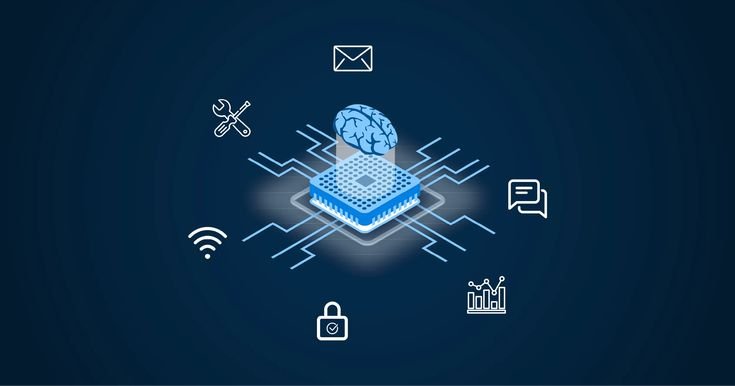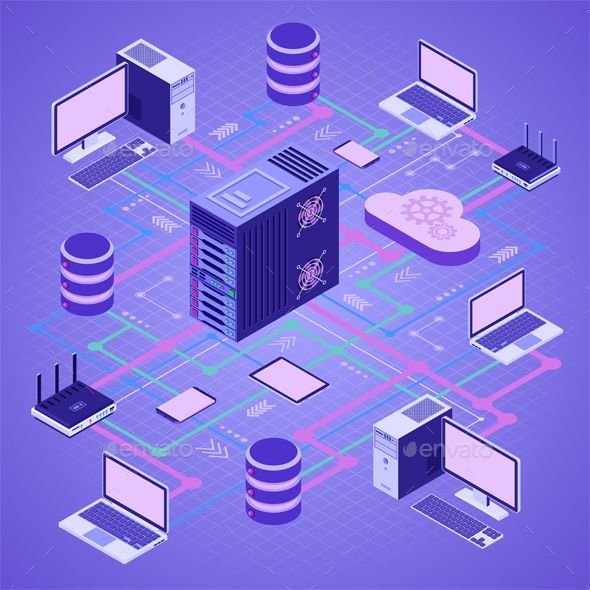Embedded systems are a fundamental part of modern technology, powering everything from household appliances to industrial machinery. Unlike general-purpose computers, embedded systems are designed to perform specific tasks and are typically integrated into larger devices. Understanding the basics of embedded systems is essential for anyone interested in electronics, computer engineering, or technology development.
In this blog, we’ll cover the key components and concepts that define embedded systems, providing a solid foundation for those looking to explore this fascinating field further.
1. Definition of Embedded Systems
An embedded system is a dedicated computer system designed to perform a specific set of tasks within a larger mechanical or electrical system. Unlike general-purpose computers, which can run a wide range of applications, embedded systems are optimized for particular functions and are often built into the devices they control.
Key characteristics of embedded systems include:
- Specific Functionality: They are designed to perform specific tasks or functions rather than being versatile like general-purpose computers.
- Real-Time Operation: Many embedded systems operate in real-time, meaning they must process inputs and produce outputs within a strict timeframe.
- Integration: They are integrated into larger systems, such as appliances, vehicles, or industrial machines, to control or monitor these systems.
2. Components of Embedded Systems
Embedded systems consist of several key components that work together to achieve their functionality. Understanding these components is crucial for grasping how embedded systems operate.
Key components include:
- Microcontroller (MCU) or Microprocessor (MPU): The central processing unit (CPU) of an embedded system, responsible for executing instructions and processing data. Microcontrollers typically integrate a CPU, memory, and input/output (I/O) peripherals into a single chip, while microprocessors may require separate components.
- Memory: Embedded systems use different types of memory to store programs and data. Key types include:
- Read-Only Memory (ROM): Stores the system’s firmware or software permanently.
- Random Access Memory (RAM): Temporary storage used for data that the CPU needs to access quickly during operation.
- Flash Memory: Non-volatile memory used for storing firmware and application code, which can be updated.
- Input/Output (I/O) Interfaces: These interfaces allow the embedded system to interact with external devices and components. Common I/O interfaces include serial ports (UART), digital and analog I/O pins, and communication protocols like SPI and I2C.
- Sensors and Actuators: Sensors collect data from the environment (e.g., temperature, pressure, motion), while actuators perform actions based on this data (e.g., turning on a motor, adjusting a valve).
- Power Supply: Provides the necessary power to the embedded system. Depending on the application, this could be a battery, an external power source, or energy harvested from the environment.
3. Software for Embedded Systems
Embedded systems rely on software to control their operations. This software is typically tailored to the specific tasks the system is designed to perform.
Key aspects of embedded software include:
- Firmware: The low-level software embedded in the hardware, which controls the hardware components and provides the necessary functions for the system to operate. Firmware is often stored in ROM or flash memory.
- Operating System: Some embedded systems run a real-time operating system (RTOS) to manage tasks and resources. An RTOS ensures that tasks are completed within specific time constraints, which is crucial for real-time applications.
- Application Software: The higher-level software that implements the system’s specific functionalities and user interface. This software is built on top of the firmware and operating system.
4. Design and Development Considerations
Designing and developing embedded systems involves several considerations to ensure they meet performance, reliability, and efficiency requirements.
Key considerations include:
- Real-Time Constraints: Many embedded systems require real-time processing, meaning they must meet strict timing requirements. Ensuring that the system can handle these constraints is critical.
- Resource Constraints: Embedded systems often operate with limited resources, such as processing power, memory, and power supply. Efficient design and optimization are necessary to make the most of these limited resources.
- Reliability and Stability: Since embedded systems are often used in critical applications, such as medical devices or automotive systems, reliability and stability are paramount. Rigorous testing and validation are required to ensure the system performs consistently under various conditions.
- Cost and Size: Embedded systems are frequently designed to be cost-effective and compact. Balancing performance with cost and size constraints is an important aspect of the design process.
5. Applications of Embedded Systems
Embedded systems are ubiquitous in modern technology, with applications spanning a wide range of industries and devices.
Common applications include:
- Consumer Electronics: Devices such as smartphones, smart TVs, and home appliances often contain embedded systems that manage their functions.
- Automotive: Modern vehicles use embedded systems for engine control, safety features, infotainment systems, and autonomous driving technologies.
- Industrial Automation: Embedded systems control machinery, sensors, and processes in manufacturing and industrial settings, improving efficiency and precision.
- Medical Devices: Devices like pacemakers, infusion pumps, and diagnostic equipment rely on embedded systems for critical monitoring and control functions.
Conclusion: The Basics of Embedded Systems
Embedded systems are essential components of modern technology, designed to perform specific tasks within larger devices or systems. Understanding the basics of embedded systems—such as their components, software, design considerations, and applications—provides a foundation for exploring this field further.
Whether you’re interested in developing embedded systems for consumer electronics, automotive applications, or industrial automation, grasping these fundamental concepts is crucial for success. As technology continues to advance, embedded systems will remain a key driver of innovation, powering a wide range of applications and shaping the future of technology.





